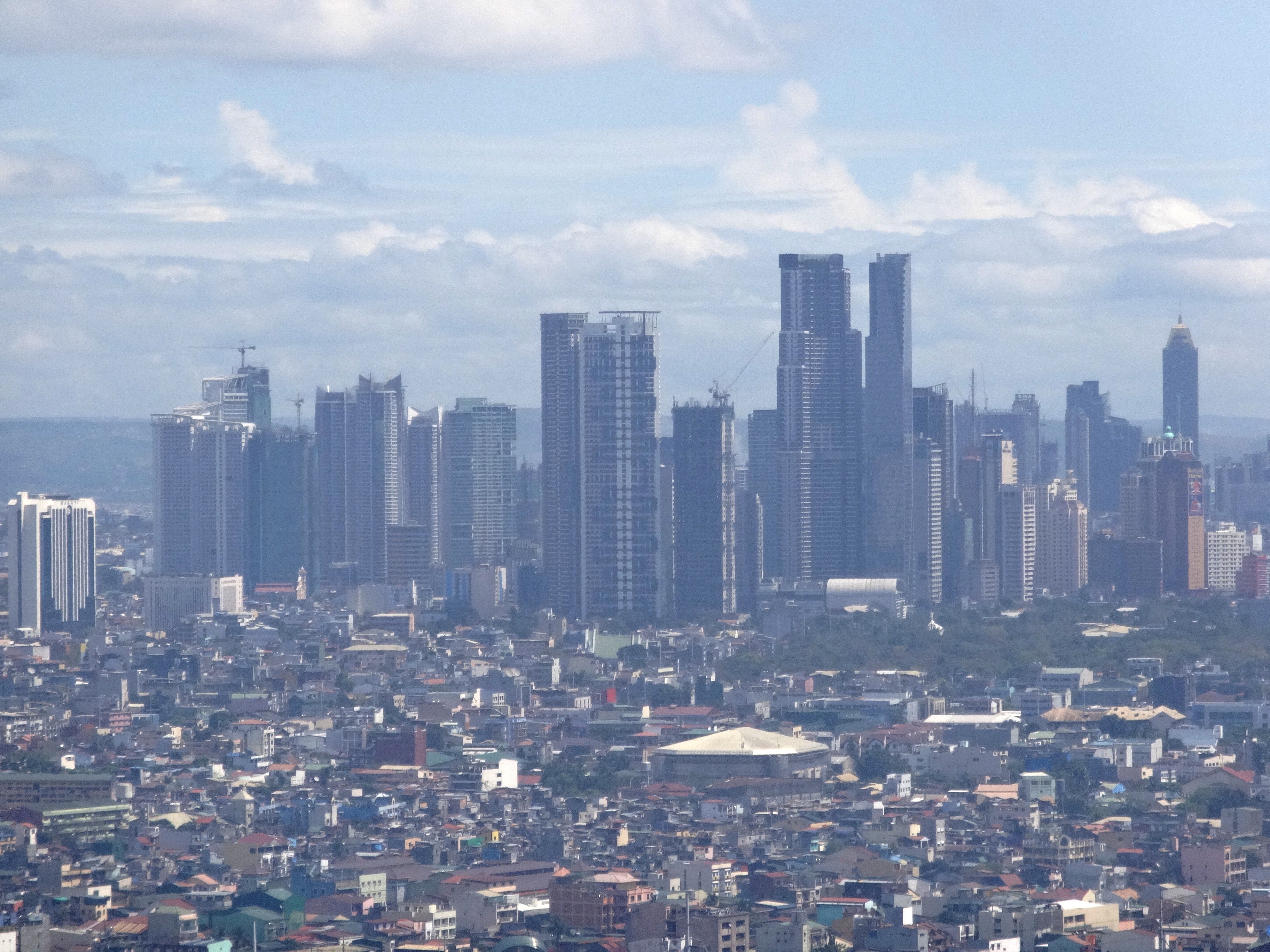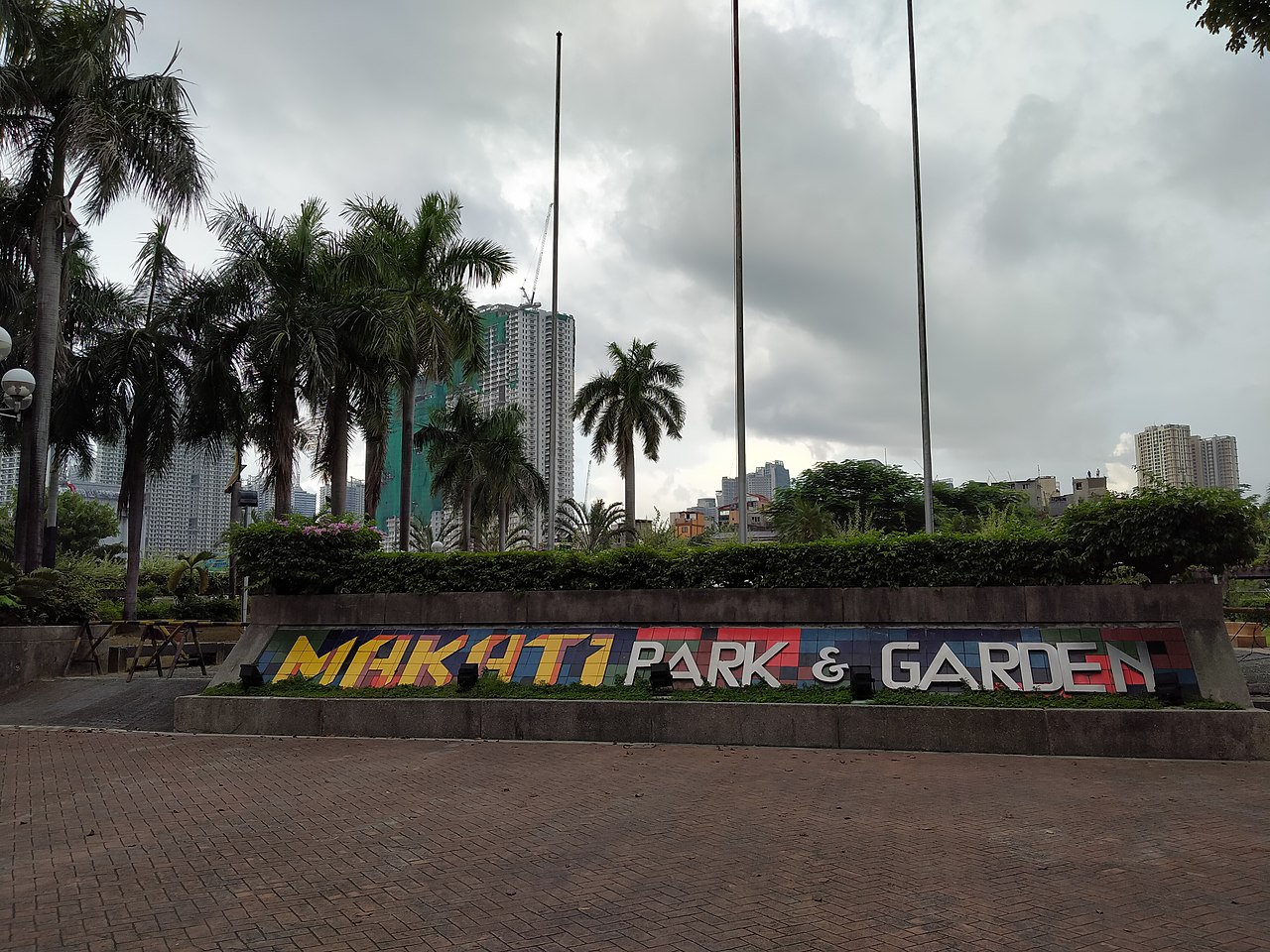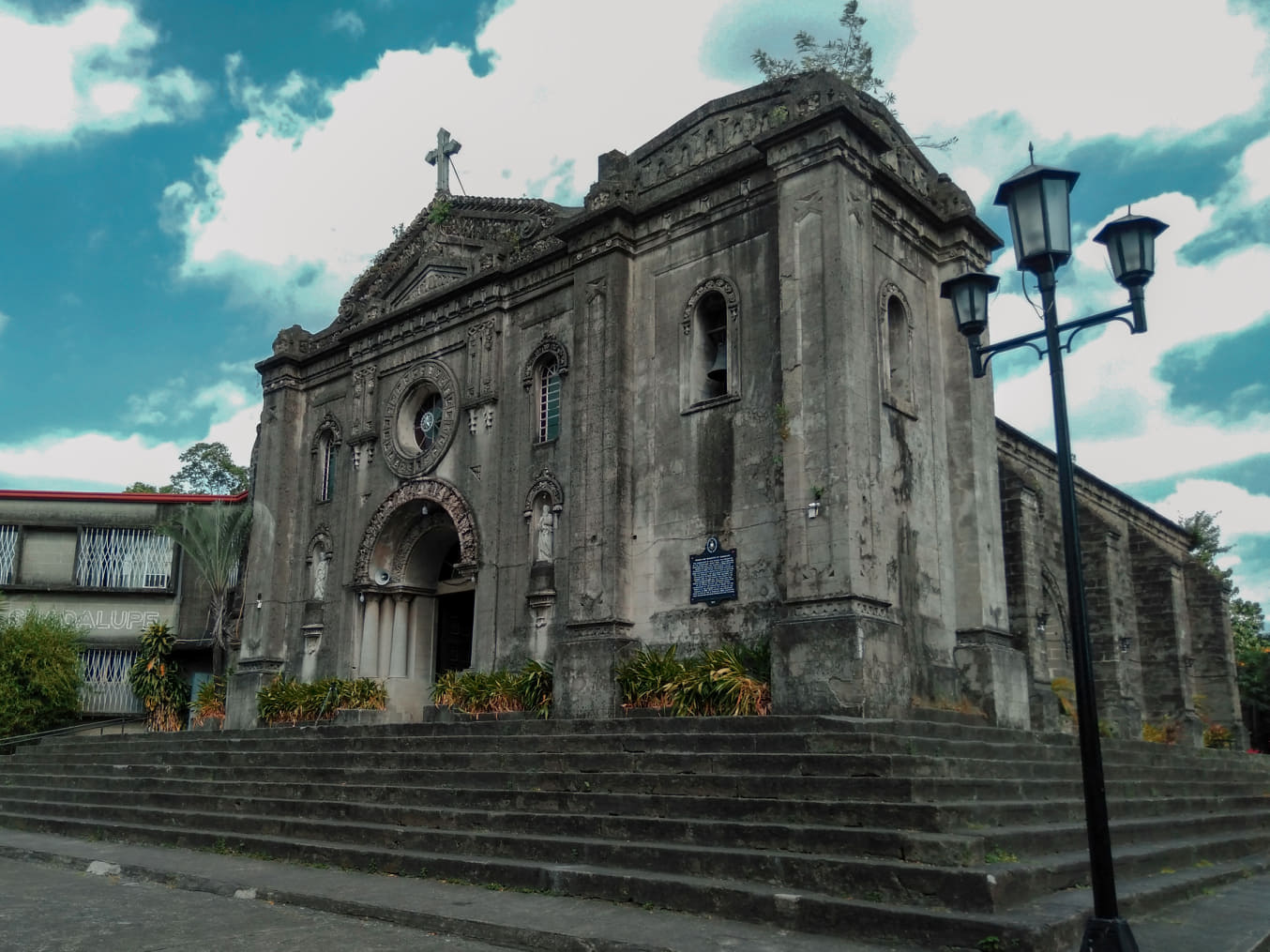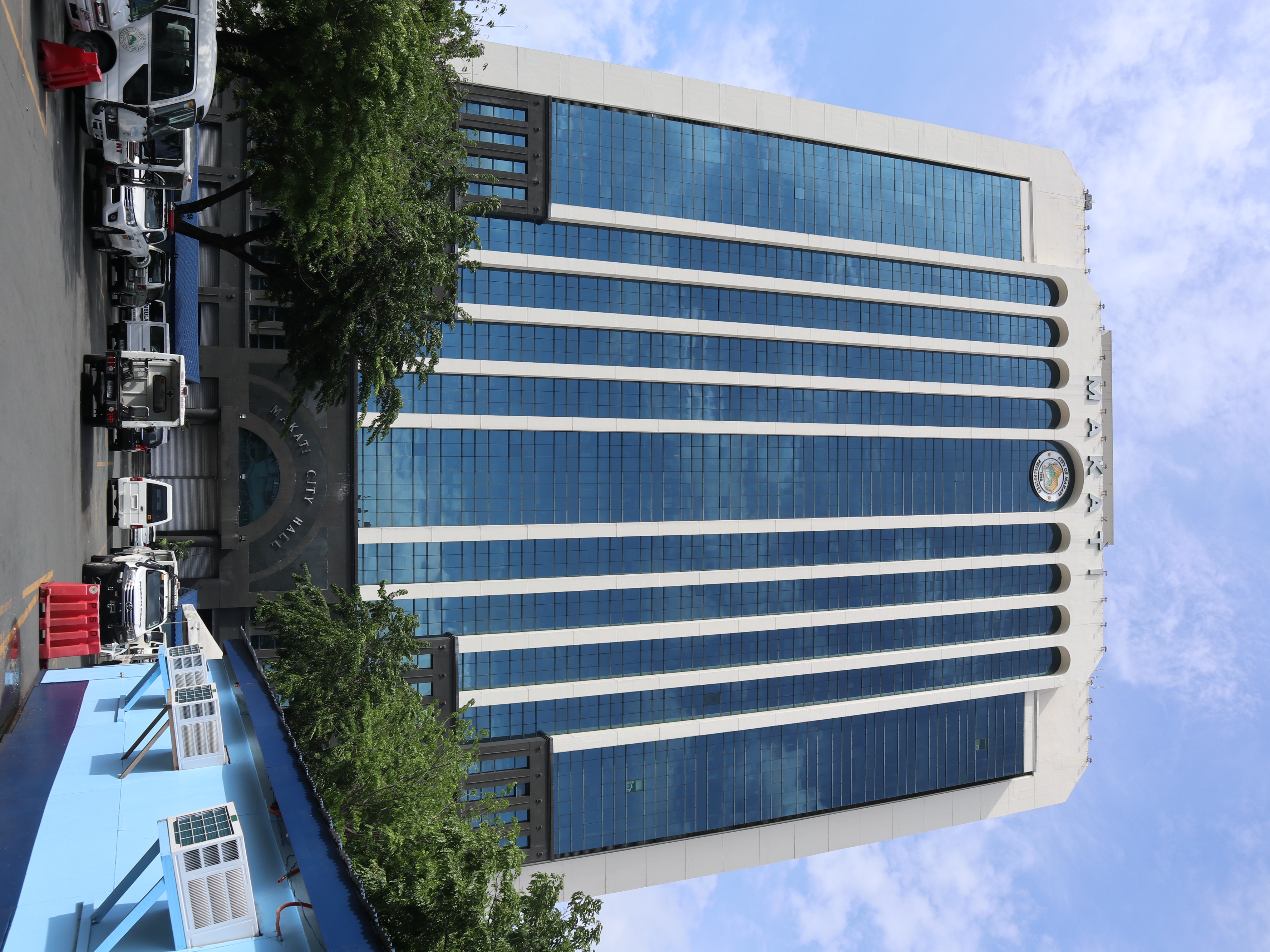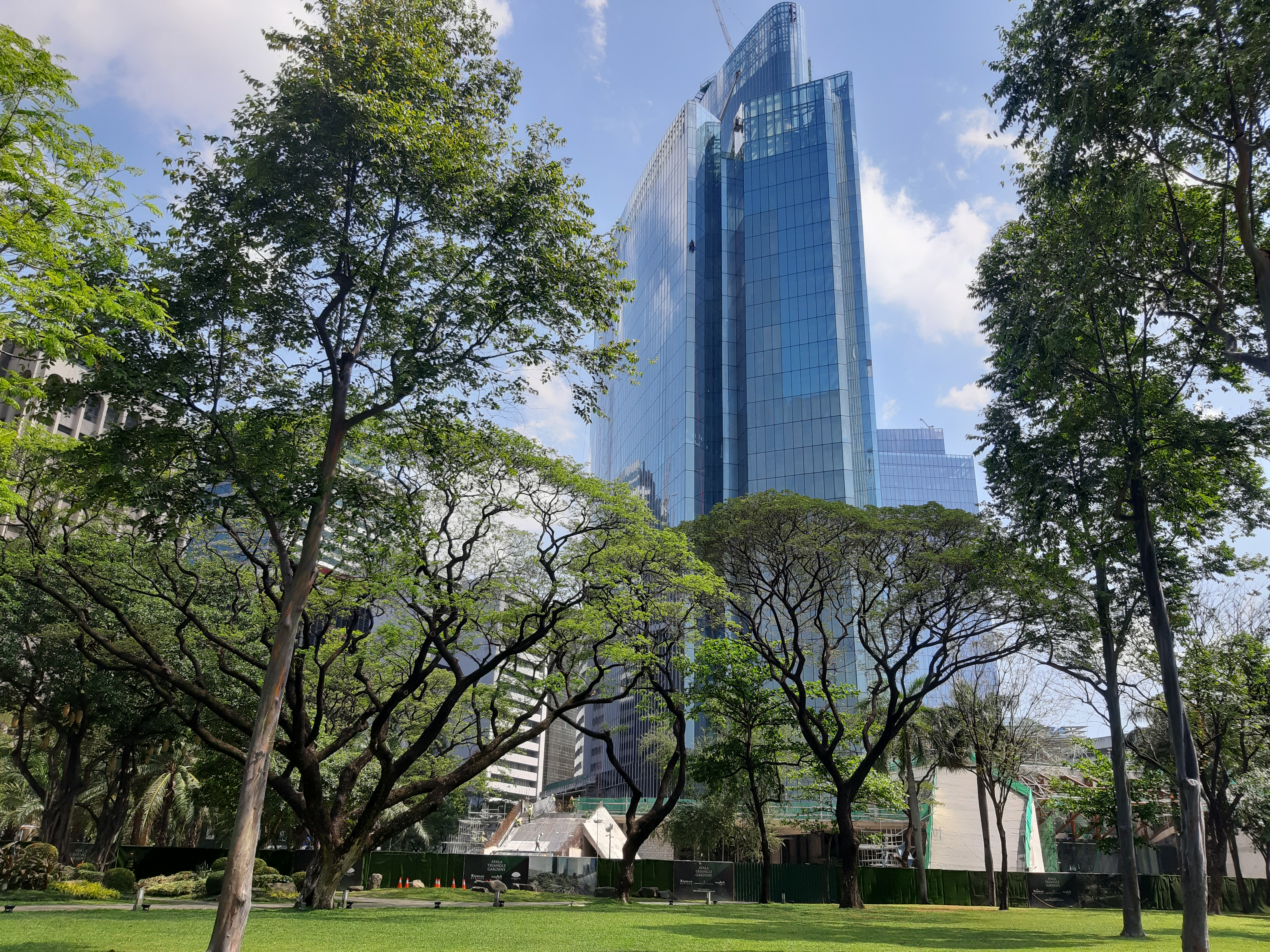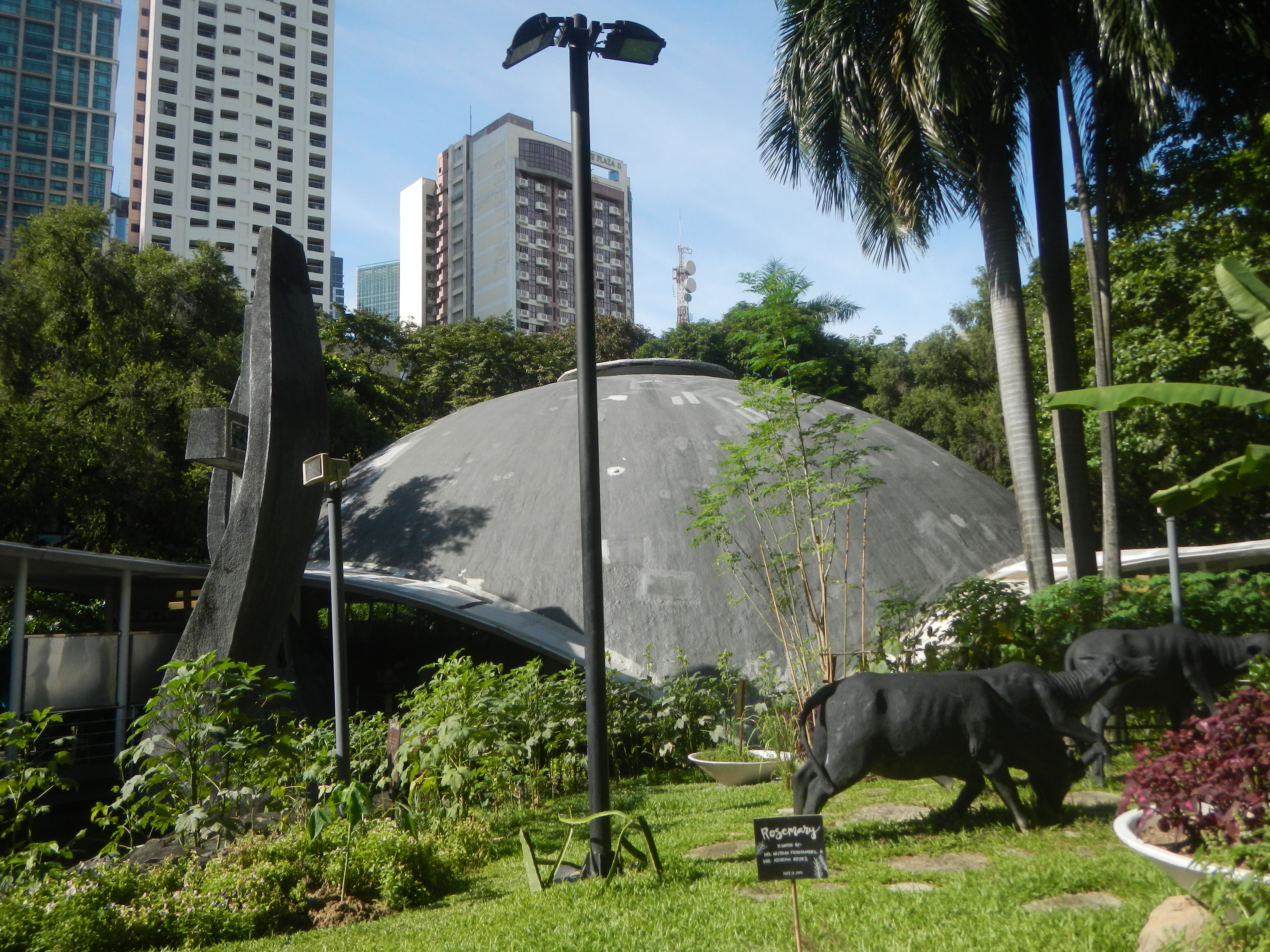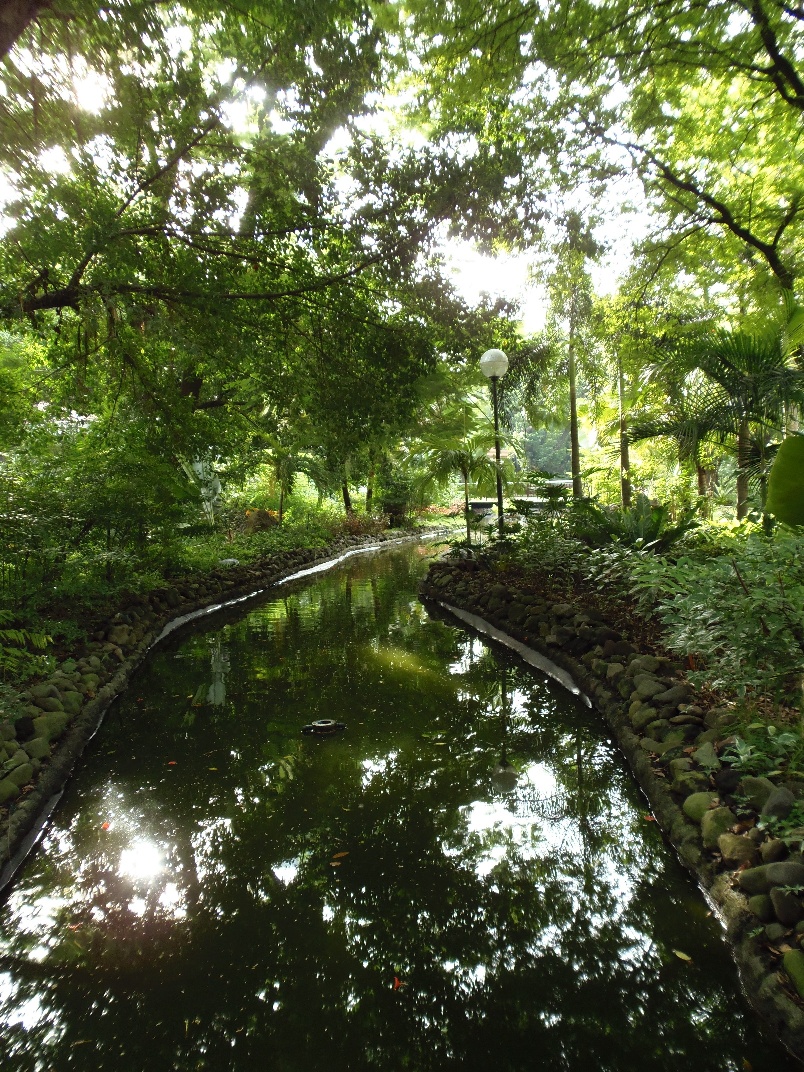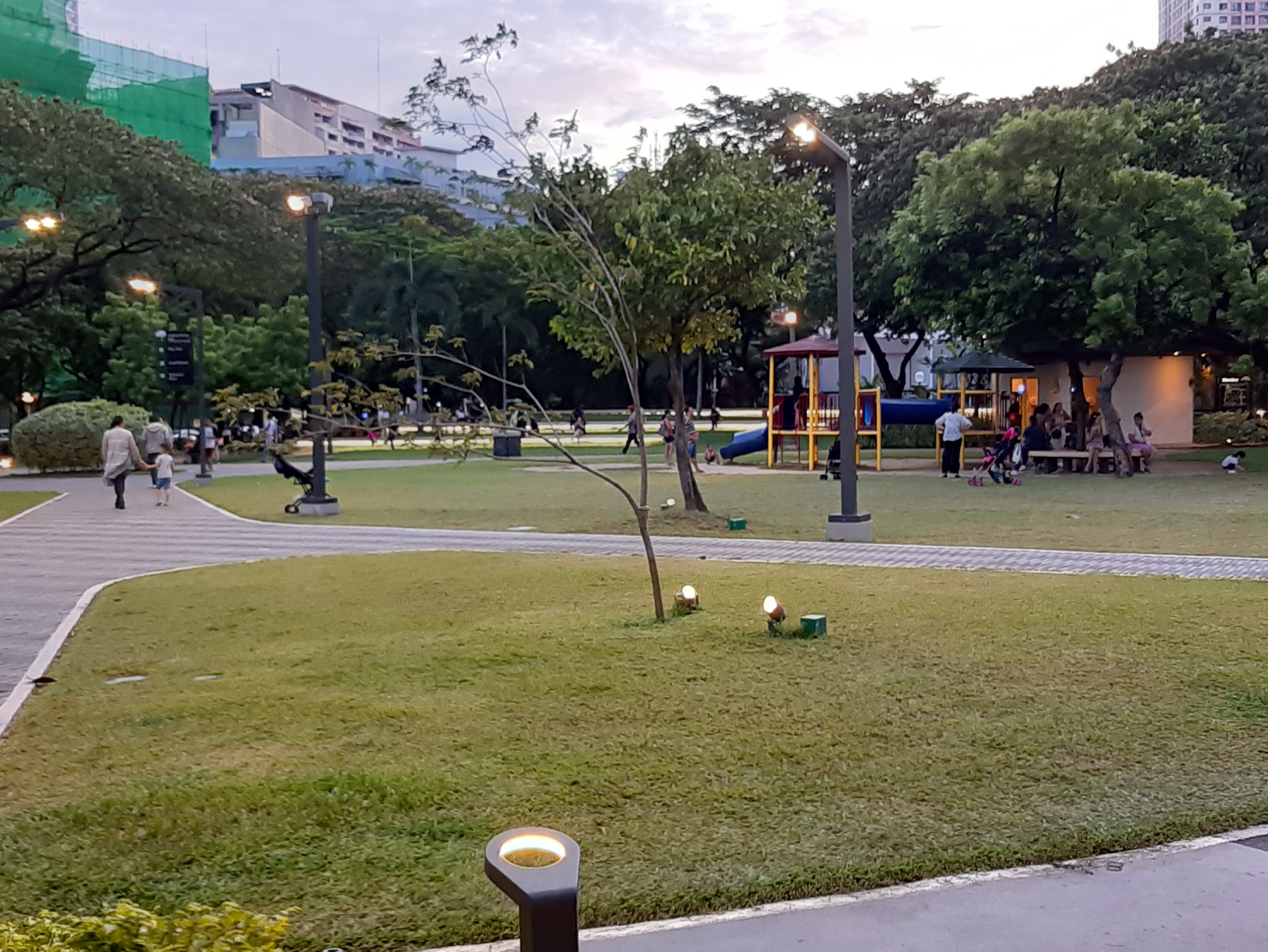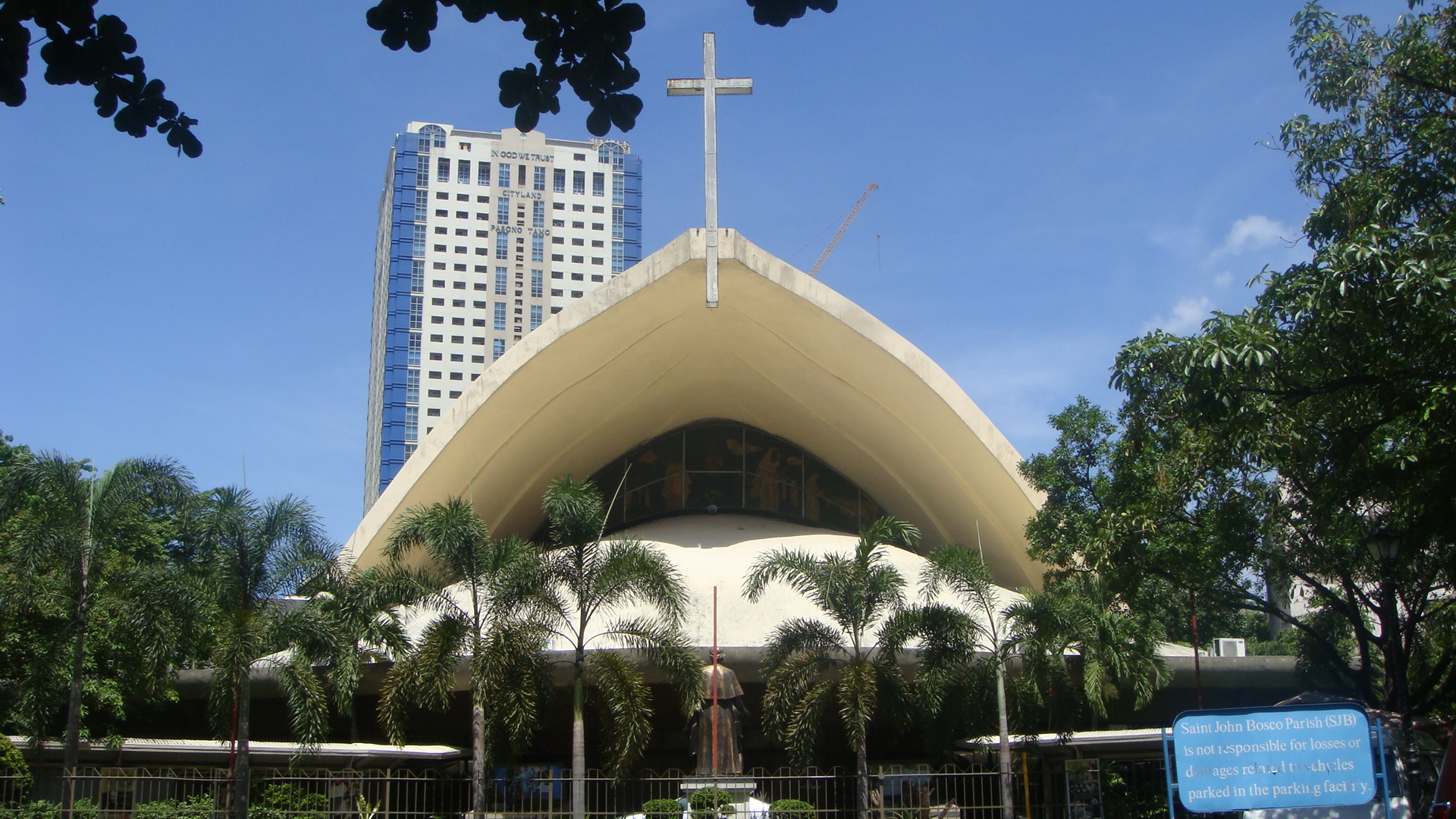Welcome to Makati City in Metro Manila, and welcome to Anthro on Foot's walking tour! This is a
self-paced
walking tour that features key heritage sites and cultural highlights in the area. We hope you enjoy
this tour as
much as we enjoyed curating it!
The Kingdom of Namayan, which existed in the 12th century, rose to power under the rule of a single
king, uniting a vast territory stretching from Manila Bay to Laguna de Bai. Its capital, Sapa (now
Santa Ana), served as a trading hub where people from surrounding barangays exchanged local goods
for items brought by merchants from South China and other distant regions. These traders bartered
for various goods including metals, cloths, pottery, and silk satin, while also engaging in the
exchange of commodities such as honey, livestock, and pearls. Not only Chinese merchants but also
traders from the Moluccas, Borneo, Java, Sumatra, India, Siam, and Cambodia frequented Sapa,
contributing to its prosperity.
The kingdom's influence extended beyond Luzon, as evidenced by the betrothal of Lady Sasaban, a
princess of Namayan, to Prince Soledan, heir of the Madjapahit Empire, which ruled over present-day
Indonesia. The royal lineage continued with the birth of Prince Balagtas, the crown prince of
Namayan, who was destined to marry Lady Banginoan of Pasig, cementing ties between the kingdoms.
Prince Balagtas arrived in Namayan around 1335 with ambitions to unite his kingdom with the
colonies governed by his relatives from Pampanga, envisioning the creation of a unified empire.
Despite his political astuteness and historical awareness acquired from his experiences in
Madjapahit, his efforts to forge a social coalition and establish a unified nation were thwarted by
the reservations of his royal kin. However, his legacy laid the foundation for the emergence of
powerful Tagalog-Pampango dynasties, including the Soliman, Gatdula, Gatbonton, Gatchalian,
Gatmaitan, and Lakandola families. Subsequent rulers, such as Lakan Tagkan, Prince Palaba, and
Prince Kalamayin, continued the lineage.
During King Kalamayin’s reign, the arrival of the Spaniards disrupted the political landscape.
Despite initial friendliness, tensions escalated, leading to an exchange of gunfire between the
locals and the Spanish expedition led by Martin de Goiti and Juan de Salcedo. Lakan Dula of Tunduk
chose peace over resistance, convincing his nephew Soliman and Rajah Matanda to submit peacefully to
the Spaniards. Eventually, in 1571, Don Miguel Lopez de Legazpi arrived in present-day Makati,
initially named San Pedro Macati after the ebbing tide observed during his visit. The locals'
refusal to be relocated inland delayed their evangelization, resulting in their pueblo being placed
under the jurisdiction of the Franciscan fathers until 1670.
